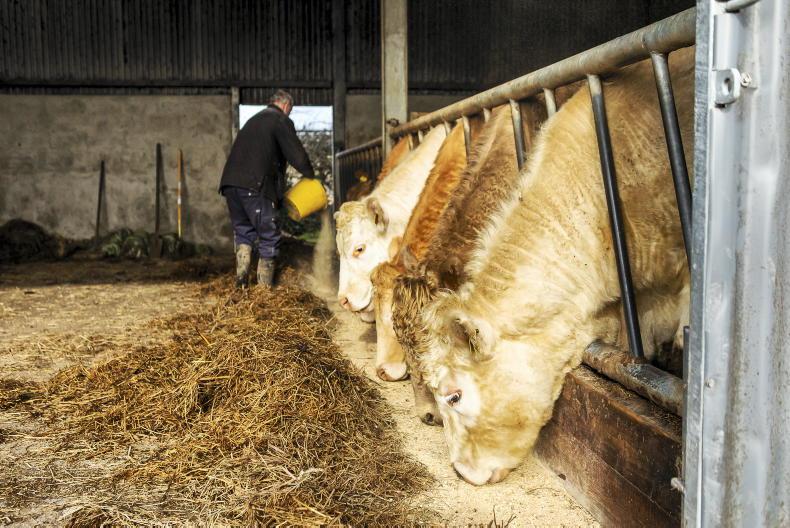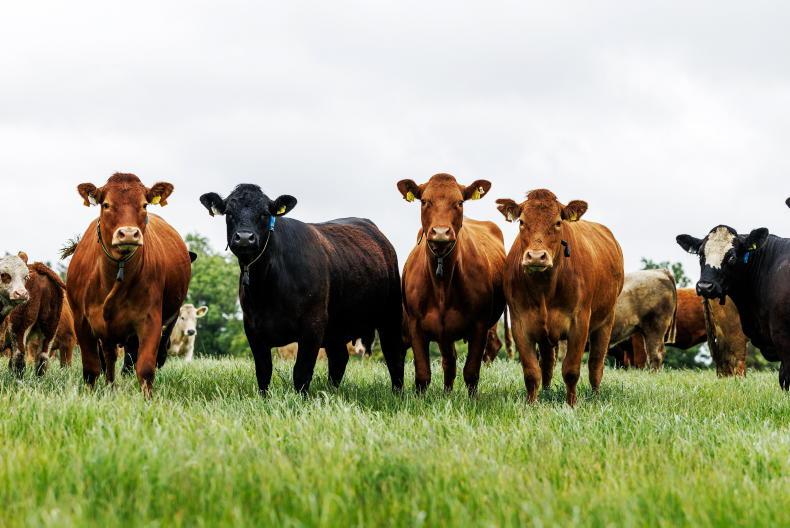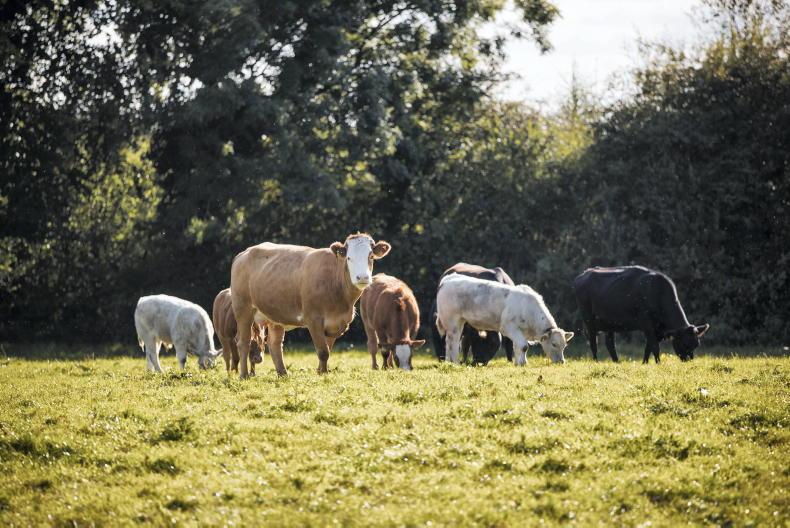As 2021 draws to a close, it is a natural time to think about benchmarking your farm.
This info will give you a good handle on the financial side of the business, as well as physical performance of the herd.
Farmers can try to have a go at benchmarking on their own, but it is a more effective exercise if completed through a farm adviser who can input data accurately and give feedback.
Data collection
All the info needed to complete the exercise should be easily pulled together. You will need a stock count on 31 December, as well as one from the start of the year.
Movement records will show how many animals were sold, bought in or sent for disposal in the case of a casualty or dead animal.
Sales and purchase invoices will be needed to input expenses and income from livestock sales.
Use the sales invoices to work out the average price of cattle sold and average weight.
You can also tally up the total tonnage of meal and fertiliser purchased and use these figures to project the potential expenses for the year ahead.
If all the info is available, the exercise should be completed in an afternoon.
The results will give a sound basis for targeting underperforming areas in the herd next year.
Read more
Five tips to winter-proof the farmyard
Clean drinking water - the forgotten part of winter feeding
As 2021 draws to a close, it is a natural time to think about benchmarking your farm.
This info will give you a good handle on the financial side of the business, as well as physical performance of the herd.
Farmers can try to have a go at benchmarking on their own, but it is a more effective exercise if completed through a farm adviser who can input data accurately and give feedback.
Data collection
All the info needed to complete the exercise should be easily pulled together. You will need a stock count on 31 December, as well as one from the start of the year.
Movement records will show how many animals were sold, bought in or sent for disposal in the case of a casualty or dead animal.
Sales and purchase invoices will be needed to input expenses and income from livestock sales.
Use the sales invoices to work out the average price of cattle sold and average weight.
You can also tally up the total tonnage of meal and fertiliser purchased and use these figures to project the potential expenses for the year ahead.
If all the info is available, the exercise should be completed in an afternoon.
The results will give a sound basis for targeting underperforming areas in the herd next year.
Read more
Five tips to winter-proof the farmyard
Clean drinking water - the forgotten part of winter feeding









SHARING OPTIONS